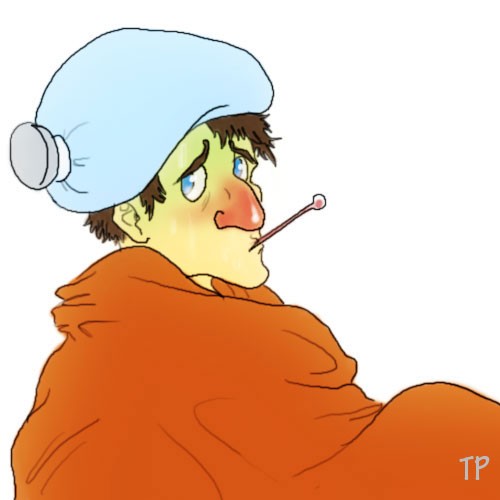
Illness Detection: First automated scanner of human traffic that can detect people running a
fever and point them out to security and medical personnel. To win this challenge, the scanner must be able to handle a 20-foot-wide corridor that has a constant flow of hundred people per minute.
Future Challenges:
1) First international airport to install and use the above system to screen out sick people from getting on international flights. [Keeping sick people from traveling to different parts of the world is one of the best and most effective ways of at least containing diseases and even plagues. While this future challenge will not stop a plague, it can help reduce the threat of one.]
2) First international airport to install and use the above system in each jet bridge (what passengers use to go from the airline jet to the air terminal) to screen and quarantine sick passengers and crews coming off of international flights.
3) First country to require Future Challenges #1 and #2 to be done at all of its airports for all of their international flights.
4) First public school system in the US to install and use the above system at all of the entrances to all of their schools. [One of the biggest spreaders of diseases are public schools. By using the illness scanner to screen out sick students and send them directly to the nurse's station, this will help prevent them from getting their classmates sick and those children from later getting their families sick.]
5) First US state to mandate all of its public school systems to install and use the above scanner system.
6) First major US state (9 million or more population) to mandate all of its public school systems to install and use the above scanner system.
7) First government building with controlled entry points (security guards and metal detectors) to install the above illness scanners and prohibit anyone who is ill from entering the building.
Naturally exempting those government buildings who take in the sick (e.g., hospitals) or are arresting someone (e.g., police stations)...
8) First US state government to require all of its state buildings with controlled entry points to install the illness scanners and prohibit anyone who is ill from entering the buildings.
9) First major US state government (state has a population of 9 million or more) to require all of its state buildings with controlled entry points to install the illness scanners and prohibit anyone who is ill from entering the buildings.
10) First US House Representative or US Senator to get a bill passed by Congress and signed into law by the US President (or her/his veto overridden) that require all of its federal buildings with controlled entry points to install the illness scanners and prohibit anyone who is ill from entering the buildings.
First corporation to require all of its:
11) Corporate headquarters buildings with controlled entry points to install the illness scanners and prohibit anyone who is ill from then entering the buildings.
12) Employees-only buildings with controlled entry points to install the illness scanners and prohibit anyone who is ill from then entering the buildings. To win this future challenge, the corporation must have at least 10 employees-only buildings with controlled entry points.
First cruiseline to use an illness scanner to prevent sick passengers from:
13) Boarding one of their cruiseship at the start of the ship's voyage.
14) Boarding all of its cruiseships at the start of their voyages.
15) Returning from a port call and being allowed to mingle with fellow passengers. The sick passenger(s) either quarantined in their cabins and/or in the ship's sickbay until they are no longer sick or have arrived at the starting port and departed the ship for good.
